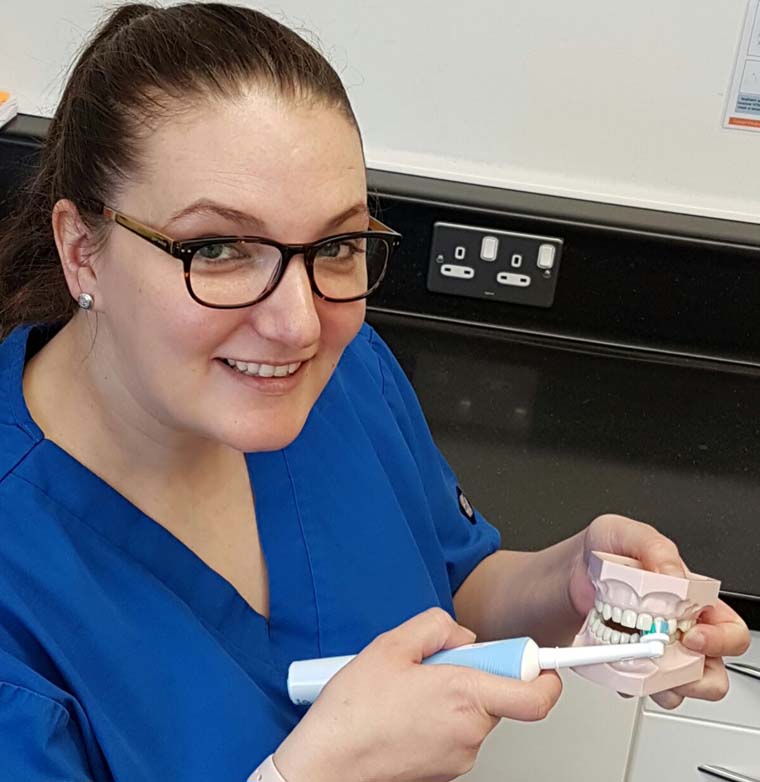Gum Disease
What is Gum Disease?
Gum disease is inflammation and infection of the tissues supporting the teeth. There are two main forms of gum disease: gingivitis and periodontitis. Gingivitis affects the gums alone and is usually reversible however periodontitis is more serious and affects the bone supporting the teeth.
Are there other factors that contribute to gum disease?
Smoking is a significant risk factor, as is a family history of gum disease. Diabetes and some medications can also increase your chances of getting gum disease. However, the main cause for most people is plaque - caused by poor teeth cleaning at home.
What is the cause of gum disease?
Gum disease is caused by plaque. Plaque is a film of bacteria which forms on the surface of the teeth and gums. To prevent and treat gum disease, you need to make sure that you remove all the plaque from your teeth every day. This is usually done by brushing & flossing but your dentist may also recommend other techniques.
Am I likely to suffer from gum disease?
Most of the adult population suffers from some form of gum disease and it is the major cause of tooth loss in adults. However, gum disease usually progresses very slowly and with monitoring, advice and treatment most people are able to keep most of their teeth for life.
What else can be done?
Once you are cleaning your teeth effectively and regularly, your dentist or hygienist may need to carry out further cleaning of the roots of the teeth, to make sure the last deposits of bacteria are removed. This may need to be done with the aid of a local anaesthetic. Afterwards, you may feel some discomfort for a few days. Antibiotics are also sometimes prescribed.
Once I have had periodontal disease treated, can I get it again?
If you have already lost bone around the teeth, this bone will not be able to grow back fully. If you maintain perfect cleaning, any further loss of bone should be slow and may stop altogether. However, you must make sure that you remove all your plaque every day.

